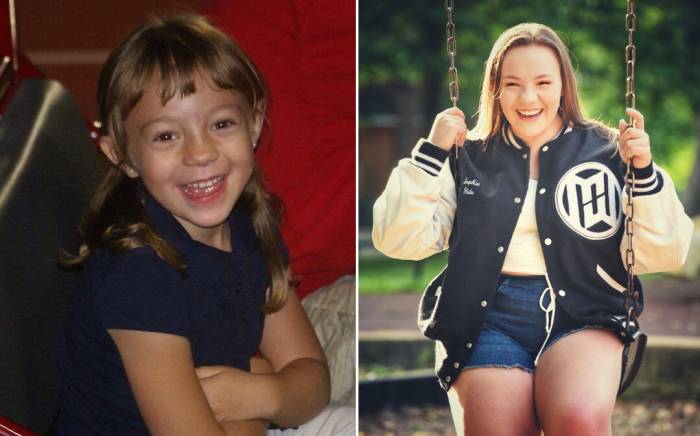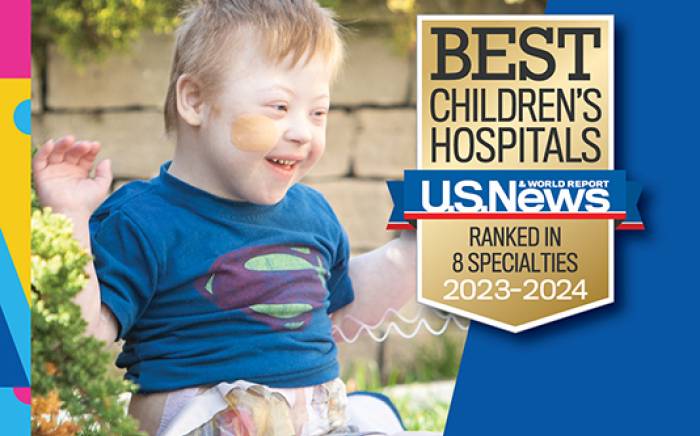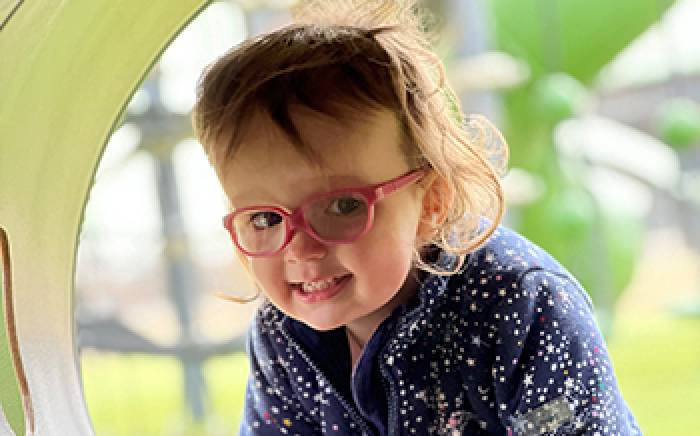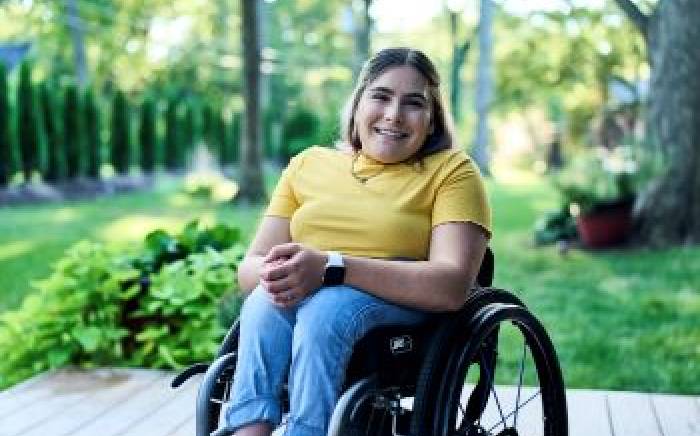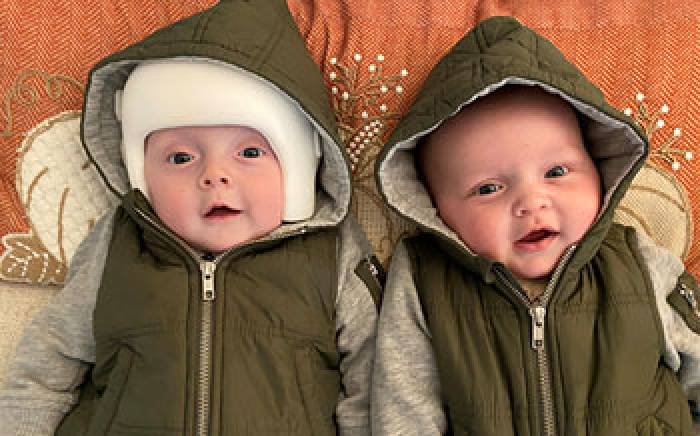 Beth Lastrina never thought her 5-year-old daughter, Elsie, would ever be able to go swimming without water wings and vigilant supervision. Elsie began having seizures when she was 8 months old, and over time various anti-seizure medications didn’t help. Once children don’t respond to drug therapy, they are classified as having intractable or uncontrolled epilepsy.
Beth Lastrina never thought her 5-year-old daughter, Elsie, would ever be able to go swimming without water wings and vigilant supervision. Elsie began having seizures when she was 8 months old, and over time various anti-seizure medications didn’t help. Once children don’t respond to drug therapy, they are classified as having intractable or uncontrolled epilepsy.
“When she was 3, Elsie needed to have her tonsils removed. We then stopped seeing the physical manifestations of her seizures for about a year, so we kept her on an anti-seizure medication with the hope that her epilepsy was under control,” says Beth. “By the fall of last year, however, her seizures started again. By Christmastime she was having multiple seizures a day, and she was falling behind in school.”
After in-depth testing, a review of Elsie’s case by the Epilepsy Board of the Washington University Pediatric Epilepsy Center at St. Louis Children’s Hospital confirmed that surgery was her best treatment option.
“We suspected Elsie had a congenital abnormality of the brain called focal cortical dysplasia. This occurs prior to birth when neurons or brain cells don’t migrate and fold normally during the brain’s development,” says Washington University neurosurgeon Matthew Smyth, MD. “These abnormalities don’t always cause seizures, but when they do, and if medications aren’t effective, surgery is an option.”
Elsie’s dysplasia was located in her right frontal lobe very near the part of the brain that controls movement of the face, arm and hand on the left side.
“Dr. Smyth told us Elsie might have some facial paralysis on the left side and a little bit of weakness, but he assured us she was young enough for the other side of her brain to take over for what was removed,” says Beth.
On Thursday, June 29, 2017, Elsie underwent a craniotomy to remove the dysplasia. After an approximate six-hour surgery, Elsie was just waking up from anesthesia when Dr. Smyth came to check on her.
“Elsie gave him a big, two-sided smile. He asked her to stick out her tongue and move it side to side. She was able to do that. So the side effects we feared didn’t come to pass,” says Beth.
Elsie spent one night in St. Louis Children’s Hospital’s Pediatric Intensive Care Unit and then one night on the pediatric neurosurgery floor. She was released from the hospital on Saturday, July 1. Four hours later, she was at home playing Legos with a friend.
Since her surgery, Elsie hasn’t had a seizure. According to Dr. Smyth, her early prognosis is very good.
“Almost instantly, Elsie was talking more and seemed more alert. She’s just started kindergarten, but she seems more attentive and better able to follow directions,” says Beth. “Elsie has always been a happy kid, but now she seems more relaxed and almost relieved. I think she unconsciously worried about her seizures, and she seemed embarrassed by them, too. Now she’s just a happy, bright little girl.”
 Beth describes Dr. Smyth as her hero without a cape. “When Elsie was doing so well in recovery, Dr. Smyth told us he’d sleep soundly that night. That was so comforting for us to hear,” she says. “Dr. Smyth used his skill and confidence as a neurosurgeon to change not only Elsie’s life, but the whole family’s as well.”
Beth describes Dr. Smyth as her hero without a cape. “When Elsie was doing so well in recovery, Dr. Smyth told us he’d sleep soundly that night. That was so comforting for us to hear,” she says. “Dr. Smyth used his skill and confidence as a neurosurgeon to change not only Elsie’s life, but the whole family’s as well.”
And as far as water wings go—who needs them? A pair of pink goggles will do.




